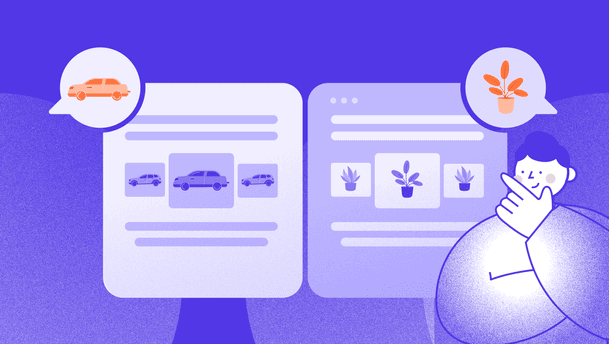Trying something new can feel intimidating and uncomfortable.
As the saying goes, “Better the devil you know than the devil you don’t.” This perfectly sums up why we hesitate when faced with change—learning new things or adapting can lead to mistakes, and the fear of failure holds us back.
But if we never embraced change, there would be no progress.
Remember how learning to ride a bike seemed terrifying at first? Balancing on two wheels, steering, and pedaling all at once felt impossible. But once you got the hang of it, you realized it’s all about balance. Building an adaptive website may feel similarly intimidating at first glance, but it really just comes down to balancing three key components: visitor segments, customer data, and adaptive content.
Before diving into the three key elements, it’s helpful to recall the basics of an adaptive website —how it works and why do you need it. If you need a refresher, you can revisit our previous article on understanding adaptive websites.
To quickly recap:
"An adaptive website is a website that changes its content in real time based on each visitor’s preferences, behavior, location, and more. By personalizing the experience, it boosts engagement, increases conversions, and enhances overall satisfaction."
Personalizing your website: the essential components

As mentioned earlier, building an adaptive website requires three key components: visitor segments, customer data, and adaptive content. These core elements work together to build a personalized experience for every visitor, transforming a generic website into one that dynamically adapts to each user's unique needs. Let’s break down each of these elements to better understand their role in shaping an adaptive website.







